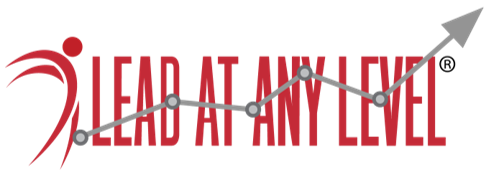Author: Amy C. Waninger
-
Selecting 360 Assessments for Leaders
Incorporating 360-degree leader assessments is valuable for evaluating leadership skills and identifying development opportunities. When contrasting competency-based and style-based assessments, it’s essential to consider their distinct benefits. We’ve included examples of each type of assessment. Finally, we offer a recommended approach to selecting an assessment tool. Competency-Based Assessments Competency-based assessments evaluate specific skills and abilities…
-
DISC Assessment for Professional Development
DISC assessments are powerful tools for individuals and teams seeking to enhance their skills, communication, and overall effectiveness.
-
e106. Visible in the Culture with Josh Miller
Including You Interview with Josh Miller Full Interview Transcript Coming soon from Rev.com
-
e105. Intentional Reach with Mariam Shahab
Including You Interview with Mariam Shahab Full Interview Transcript Coming soon from Rev.com
-
e104. Co-Creation with Beth Throne
Including You Interview with Beth Throne Full Interview Transcript Coming soon from Rev.com
